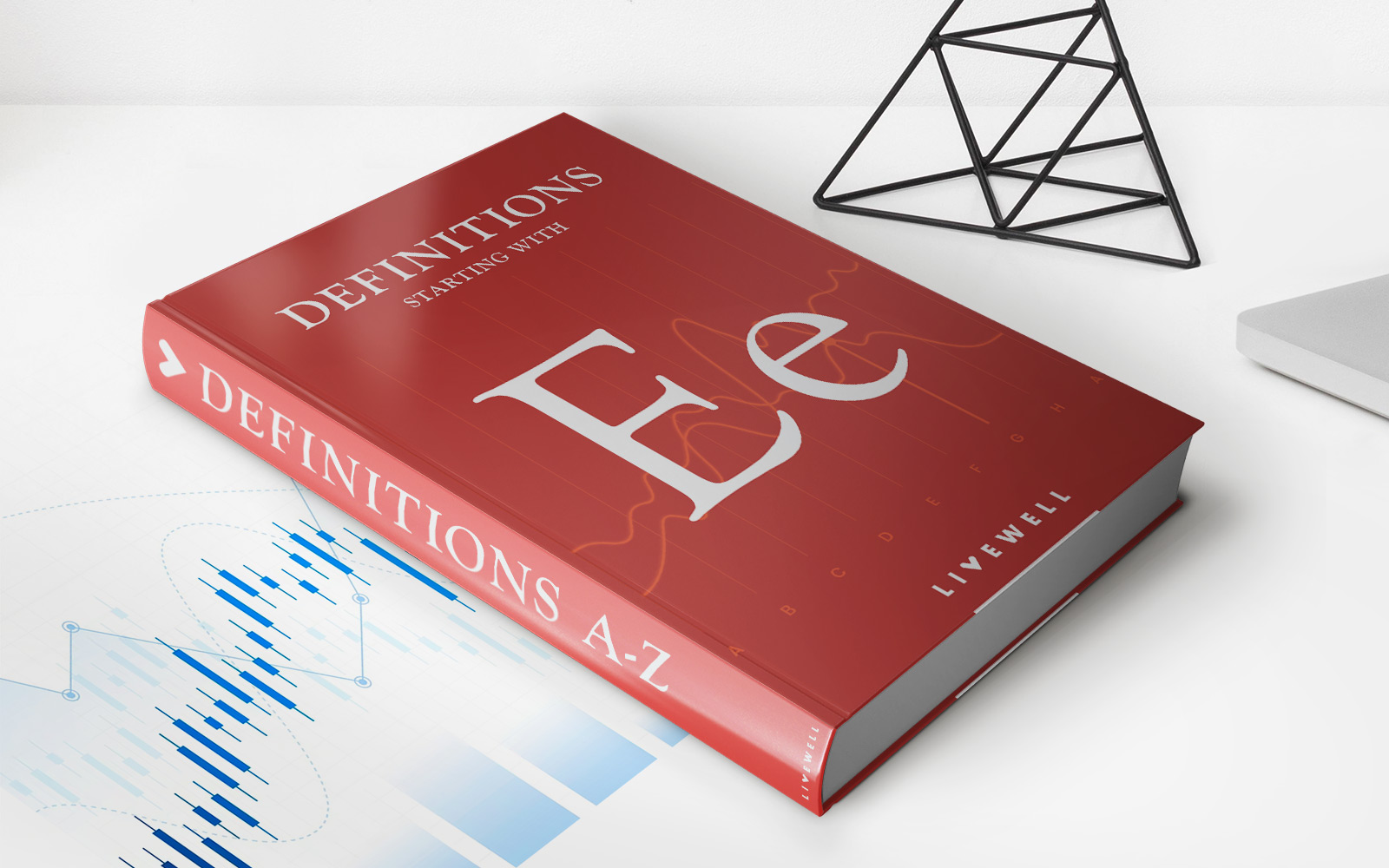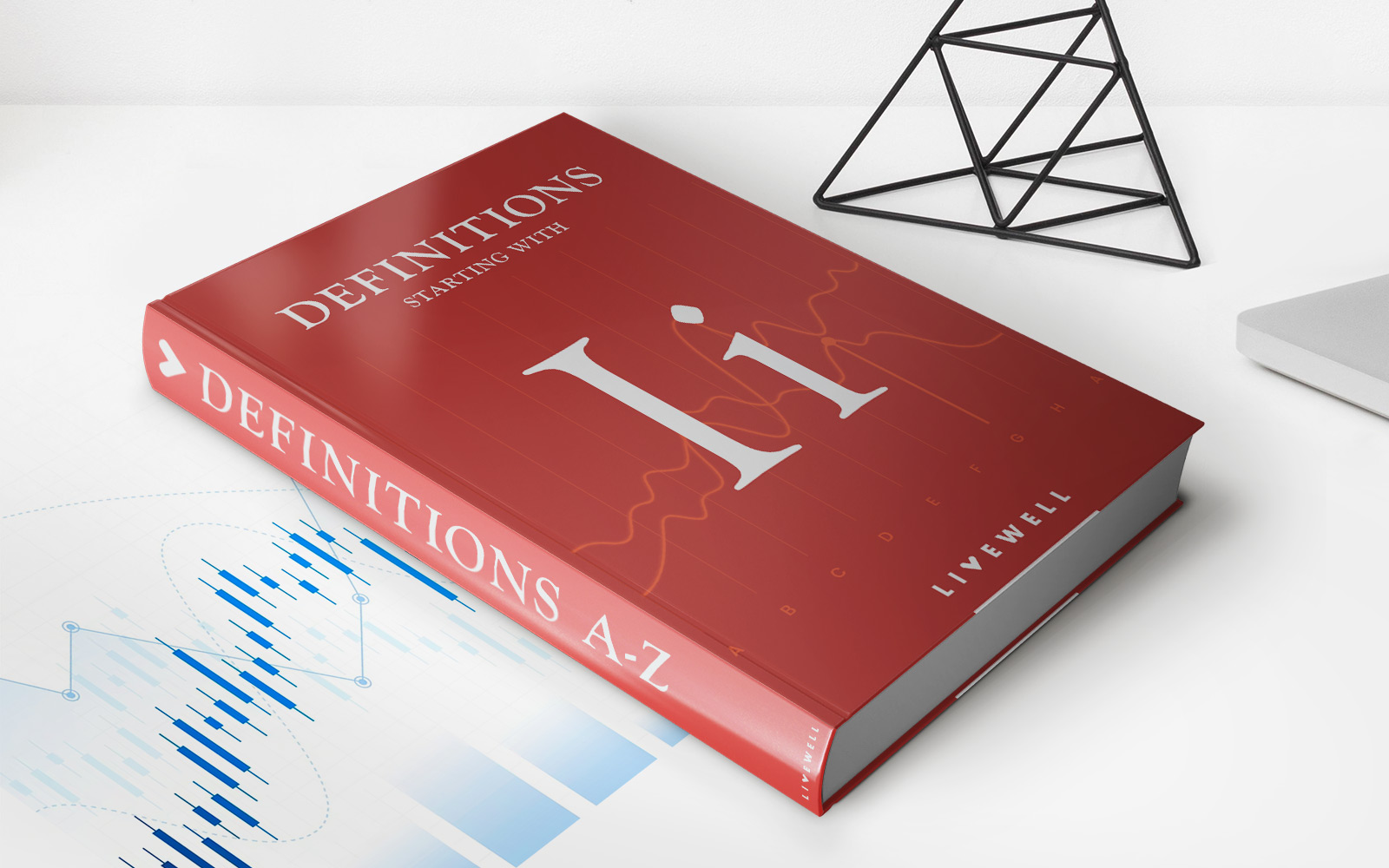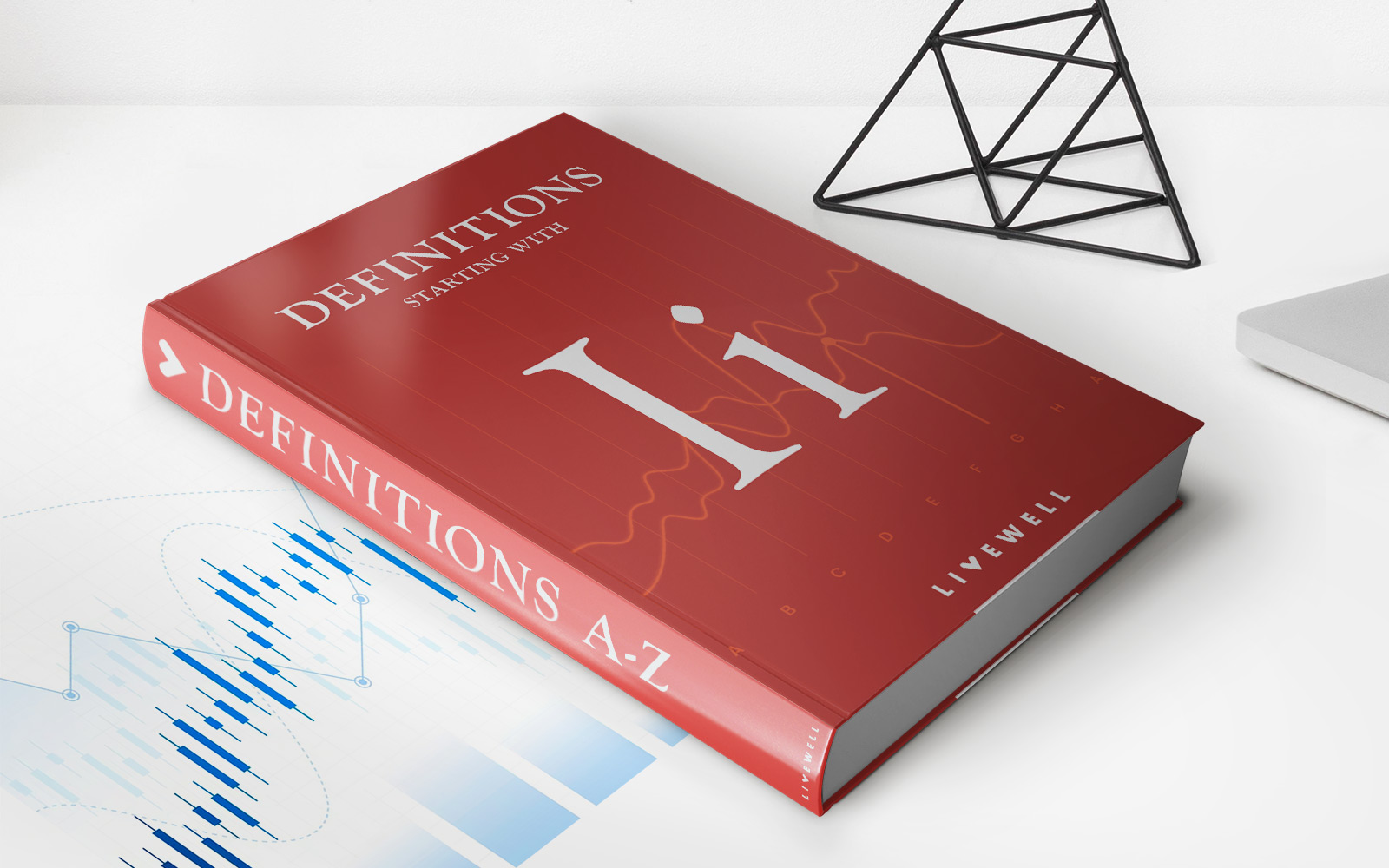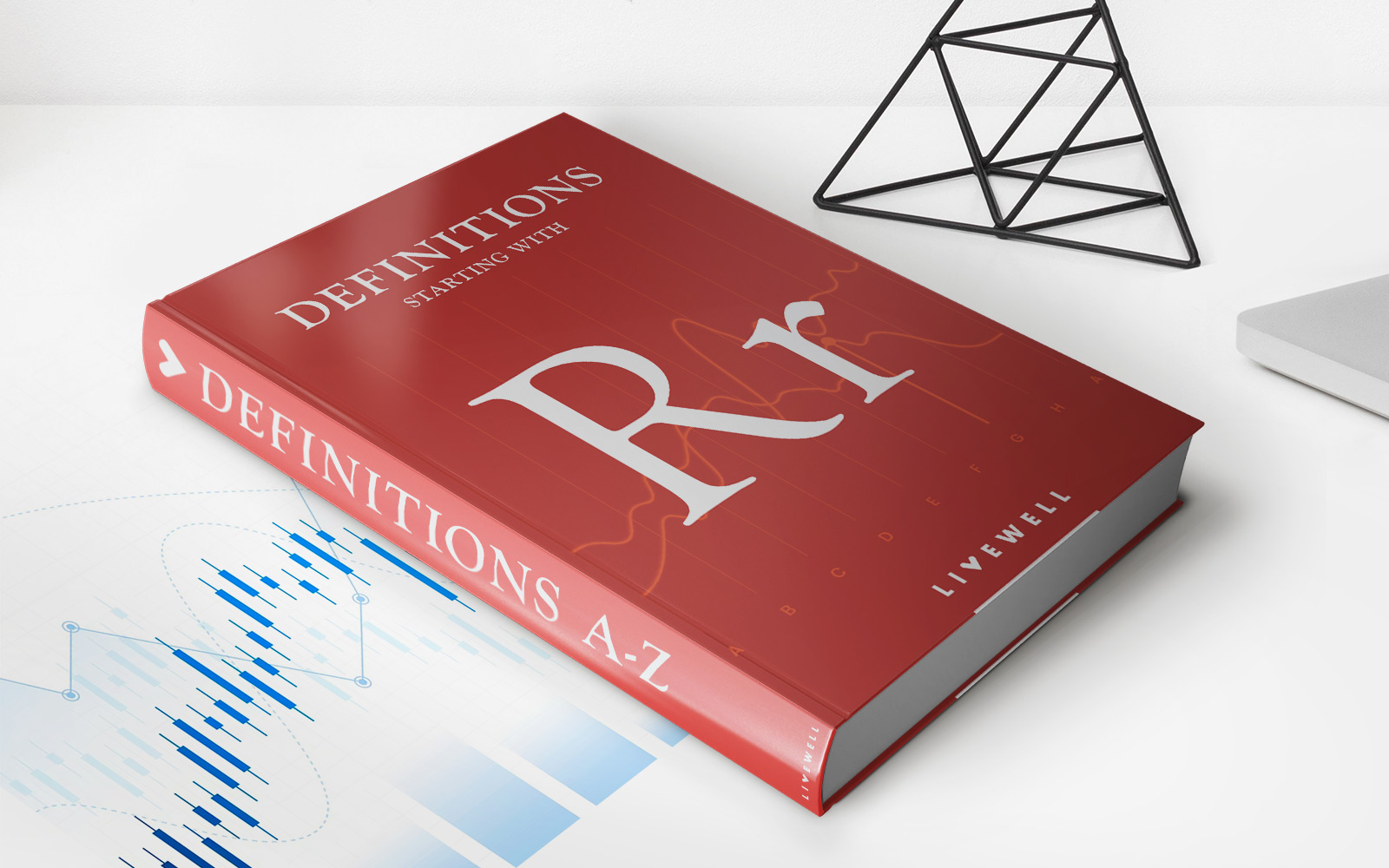Home>Finance>How To Calculate Interest Payments On Credit Cards If You Only Pay The Minimum Payment


Finance
How To Calculate Interest Payments On Credit Cards If You Only Pay The Minimum Payment
Modified: March 7, 2024
Learn how to calculate interest payments on credit cards when making only the minimum payment. Understand the impact on your finances and make informed decisions. Gain valuable insights into managing credit card debt.
(Many of the links in this article redirect to a specific reviewed product. Your purchase of these products through affiliate links helps to generate commission for LiveWell, at no extra cost. Learn more)
Table of Contents
Introduction
Welcome to the world of credit cards, where convenience meets complexity. Credit cards offer a convenient way to make purchases and manage expenses, but they also come with the potential for accumulating significant interest charges. Understanding how credit card interest works is crucial for making informed financial decisions and avoiding debt traps. In this article, we’ll delve into the intricacies of calculating interest payments on credit cards, particularly when making only the minimum payment each month.
Many credit card users fall into the minimum payment trap, where they only pay the minimum amount due each month, leading to prolonged debt and substantial interest payments. By gaining insight into how minimum payments affect interest and learning how to calculate interest payments on credit cards, you can take proactive steps to manage your credit card debt effectively.
Whether you’re new to credit cards or seeking to gain a deeper understanding of interest calculations, this article will equip you with the knowledge and strategies to navigate the world of credit card interest and make informed financial choices.
Understanding Credit Card Interest
Credit card interest is the cost of borrowing money from a credit card issuer. When you carry a balance on your credit card, the outstanding amount accumulates interest, adding to the total amount you owe. Unlike other forms of borrowing, such as mortgages or car loans, credit card interest is often calculated daily based on the average daily balance. This means that the interest compounds, leading to a snowball effect on the outstanding balance if not managed effectively.
Most credit cards have an annual percentage rate (APR) that determines the interest charged on balances. The APR can vary based on the type of transaction, such as purchases, cash advances, or balance transfers. It’s essential to review the terms and conditions of your credit card to understand how the APR applies to different types of transactions.
Furthermore, credit card interest is typically assessed if the outstanding balance is not paid in full by the due date. This grace period, usually around 21-25 days, allows cardholders to avoid interest charges on new purchases if the full statement balance is paid on time. However, carrying a balance from month to month eliminates the grace period, causing interest to accrue on new purchases immediately.
Understanding the mechanics of credit card interest is pivotal in managing your finances responsibly. By grasping how interest accrues and compounds on credit card balances, you can make informed decisions about when and how to use your credit card, ultimately minimizing the impact of interest on your financial well-being.
How Minimum Payments Affect Interest
Minimum payments on credit cards are typically calculated as a small percentage of the total balance or a fixed amount, whichever is greater. While making the minimum payment each month helps avoid late fees and keeps the account in good standing, it can have significant implications for the accrual of interest.
When you only pay the minimum amount due on your credit card, the remaining balance carries over to the next billing cycle, subject to the accruing interest. This means that the interest is calculated based on the average daily balance, including any new purchases made during the billing cycle. As a result, the outstanding balance continues to accumulate interest, leading to a prolonged repayment period and higher overall interest payments.
Moreover, the minimum payment is often structured to prioritize the interest and fees, with only a small portion allocated to reducing the principal balance. This perpetuates the cycle of debt, as the majority of the payment goes towards servicing the interest rather than chipping away at the actual amount owed. Consequently, the long-term impact of making minimum payments is a higher total cost of borrowing and an extended timeline for debt repayment.
It’s crucial to recognize that while minimum payments offer temporary relief, they can significantly inflate the overall interest payments and prolong the debt repayment journey. By understanding the implications of minimum payments on credit card balances, you can make informed decisions about how to manage your outstanding debt and mitigate the long-term financial consequences of carrying a balance.
Calculating Interest Payments on Credit Cards
Understanding how credit card interest is calculated empowers you to make informed decisions about managing your debt. The key factors in calculating interest payments on credit cards are the outstanding balance, the annual percentage rate (APR), and the billing cycle. The following steps outline the process of computing interest payments:
- Obtain the Average Daily Balance: The average daily balance is calculated by adding the daily balances for each day in the billing cycle and dividing the total by the number of days in the cycle. This balance includes any new purchases, payments, and credits applied during the billing period.
- Determine the Daily Periodic Rate: The daily periodic rate is derived by dividing the APR by the number of days in a year. For example, if the APR is 18%, the daily periodic rate would be approximately 0.0493% (18% divided by 365 days).
- Calculate the Daily Interest Charge: Multiply the average daily balance by the daily periodic rate to determine the daily interest charge. This reflects the amount of interest accrued each day based on the outstanding balance.
- Accumulate the Monthly Interest: Sum the daily interest charges for each day in the billing cycle to obtain the total interest accrued for the month.
By following these steps, you can gain insight into the amount of interest accruing on your credit card balance each month. This knowledge is invaluable for evaluating the impact of interest on your finances and making informed decisions about debt repayment strategies.
Furthermore, various online calculators and tools are available to simplify the process of estimating interest payments on credit cards. By inputting your outstanding balance and APR, these tools can provide a clear breakdown of the anticipated interest charges, enabling you to plan and manage your finances more effectively.
Tips for Managing Credit Card Debt
Effectively managing credit card debt is essential for maintaining financial stability and minimizing the impact of interest payments. Consider the following tips to navigate and conquer credit card debt:
- Create a Repayment Plan: Develop a structured repayment plan that outlines how you will tackle your credit card debt. Consider prioritizing high-interest balances or utilizing debt repayment strategies such as the snowball or avalanche method to accelerate your progress.
- Pay More Than the Minimum: Whenever possible, strive to pay more than the minimum amount due on your credit cards. By allocating additional funds towards your outstanding balances, you can reduce the overall interest payments and expedite the journey towards debt freedom.
- Consolidate Debt with a Balance Transfer: Explore the option of consolidating high-interest credit card debt onto a card with a lower introductory APR through a balance transfer. This can help reduce the burden of interest and simplify your repayment efforts.
- Avoid Adding to Your Debt: Exercise prudence in your spending habits and refrain from adding new charges to your credit cards while focusing on debt repayment. Minimizing new balances will prevent further interest accrual and support your efforts to reduce existing debt.
- Seek Professional Guidance: If you find managing your credit card debt challenging, consider consulting a financial advisor or credit counseling service. These professionals can provide personalized guidance and strategies to help you regain control of your finances.
- Monitor Your Progress: Regularly track your debt reduction progress and celebrate milestones along the way. Monitoring your efforts can provide motivation and reinforce positive financial habits.
By implementing these tips and strategies, you can proactively manage your credit card debt, reduce the impact of interest payments, and work towards a financially secure future.
Conclusion
Navigating the realm of credit card interest and debt management requires a comprehensive understanding of how interest accrues, particularly when making only the minimum payment each month. By unraveling the intricacies of credit card interest and its implications, you can make informed decisions to mitigate the impact of interest payments and take control of your financial well-being.
Understanding the mechanics of credit card interest empowers you to proactively manage your debt, make strategic repayment decisions, and avoid the pitfalls of prolonged indebtedness. By grasping the factors that influence interest calculations, such as the average daily balance and the annual percentage rate, you can gain clarity on the true cost of borrowing and devise effective debt repayment strategies.
Furthermore, by implementing practical tips for managing credit card debt, such as creating a structured repayment plan, paying more than the minimum, and avoiding the accumulation of new debt, you can steer clear of the interest trap and work towards achieving financial freedom.
Ultimately, the journey to financial stability involves informed decision-making, disciplined financial habits, and a proactive approach to managing credit card debt. By leveraging the knowledge and strategies outlined in this article, you can navigate the complexities of credit card interest, minimize interest payments, and pave the way towards a brighter financial future.














